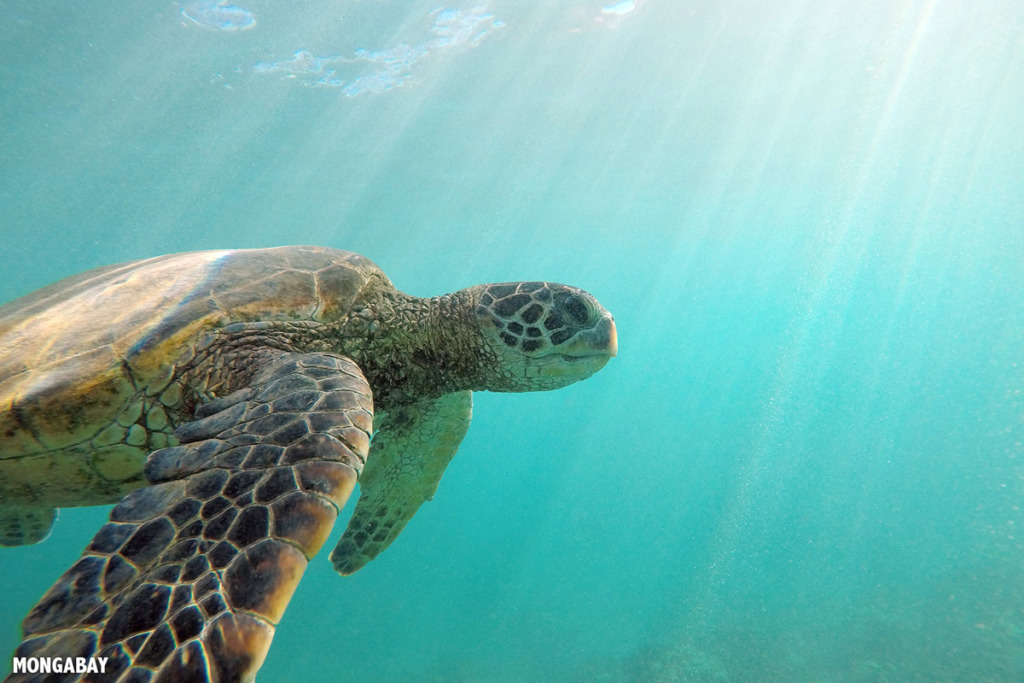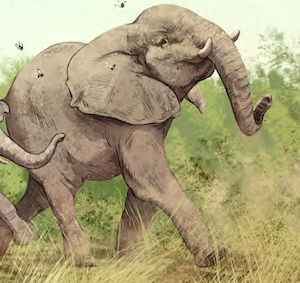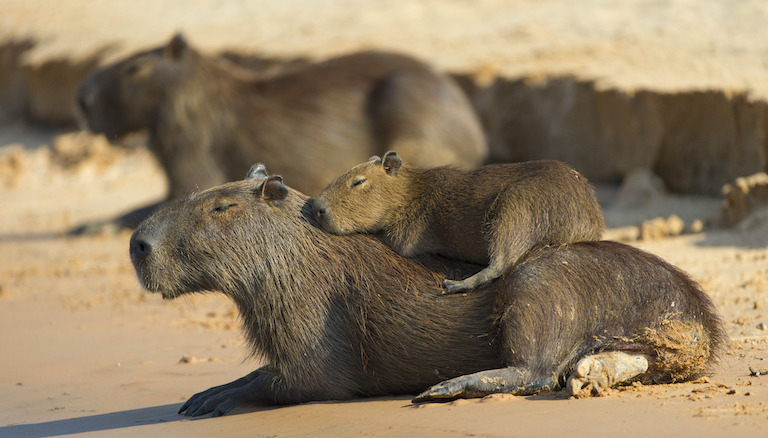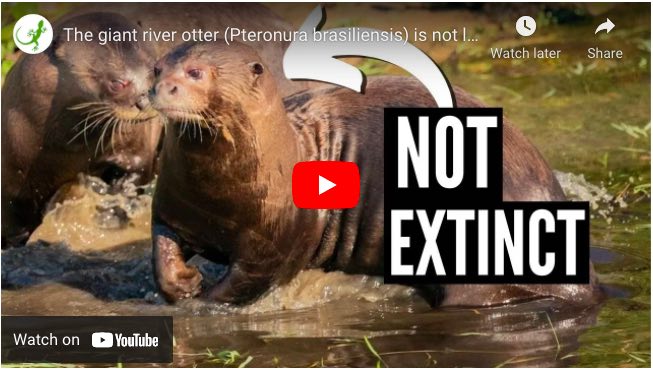There are seven species of sea turtles. All of them face conservation challenges. One possible challenge comes from microplastics. Microplastics are tiny plastic particles that form when plastic pollution in the ocean breaks apart.
Up to 1,700 green and hawksbill sea turtles arrive at Chagar Hutang Turtle Sanctuary on Malaysia’s Redang Island each year. They arrive at the same beach where they hatched to create a nest and lay their eggs. These eggs will hatch into the next generation of sea turtles.

Researchers looked for microplastics in sea turtle nests in the Chagar Hutang Turtle Sanctuary. They found an average of 2,000 pieces of microplastics per kilogram (2.2 pounds) of dry sand in the nests. There were tiny bits of plastic in every sea turtle nest they examined. The most common microplastics found were black fibers, probably from fishing nets, food packaging, and textiles.
Researchers have found microplastics in sea turtle nests around the world, including the Gulf of Mexico, Türkiye (Turkey), and the Galápagos.
Plastic stays warm longer than sand does. This means that sea turtle nests with microplastics are warmer than nests without plastics in them.
This is important because the temperature of sea turtle nests determines if the turtles that hatch will be females or males. Warmer temperatures result in more female hatchlings, and cooler temperatures result in more males.

It is a concern that warmer sea turtle nests caused by microplastics could create many more female than male turtles. Over time, this could make it hard for the turtles to find mates, resulting in fewer sea turtles. This could be a major problem for already endangered turtle species.
Finding ways to clean up microplastics could help sea turtle conservation.
David Brown adapted this story for Mongabay Kids. It is based on an article by Bobby Bascomb, published on Mongabay News.






